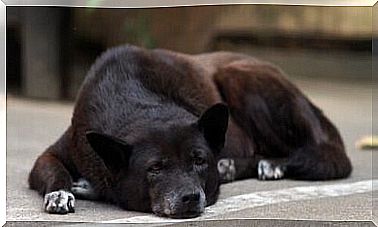The Least Sleeping Animal
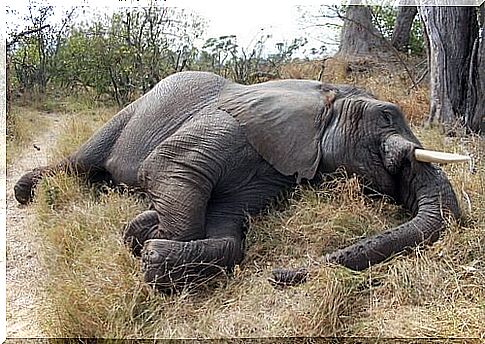
Humans need eight hours of sleep a day to be healthy. However, in the animal world, sleep is a necessity that can reach incredible extremes. But which animal sleeps the least?
What is the animal that sleeps the least?
Elephant
These giant mammals top the list of least-sleeping animals. A group of biologists studied a herd of South African elephants to determine how much time they spend sleeping.
In constant investigation, elephants have been found to sleep an average of two hours a day; divided during the day into several short periods.
Its large size requires it to spend most of the day in search of food. Elephants need to ingest about 300 kilos of food; which leaves them little time to rest.
Unlike humans, these mammals have almost no sleep phase called REM; needed to fix the memory. Research has shown that they spend only 5 to 10 seconds in the REM phase.
That’s not to say they don’t rest; because even when standing and with eyes open, they have their moments of relaxation.
The study was carried out with animals in the wild; that they must be constantly on the move to fetch food and water, and to protect themselves from predators. Captive elephants, which do not have these inconveniences, sleep a little longer; up to four hours a day.
Giraffe
The giraffe is also an animal that sleeps less. He spends only two hours a day sleeping; in short periods during the day.
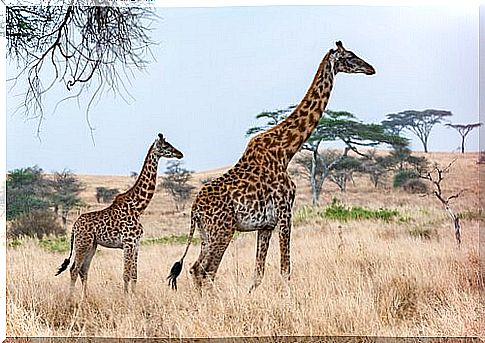
They usually sleep standing up and for seven minutes, but sometimes lie down for a deep sleep; however brief. However, it is very rare to see a giraffe lying down.
Horses, donkeys and impalas
The feet of these mammals are prepared for them to sleep standing up. In total, their hours of sleep amount to three a day; divided into seven-minute periods. Even if they need little sleep, they usually go to bed to sleep deeply.
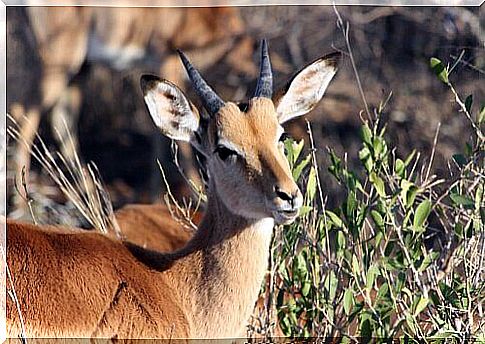
When they are in a group, they rotate. In this way, while some sleep, others are alert. These few hours of sleep give them the energy they need for the rest of the day.
The sleep pattern does not change, even when these animals are domesticated. In the case of impalas, males almost never lie down to sleep, as they must watch over the safety of the group.
shark
The shark is another large fish that must be in constant motion to get oxygen to breathe. Oxygen comes from the water, passes through your mouth and exits through your gills.

This need prevents them from sleeping, but it doesn’t really mean that they don’t rest, but that there are periods of lethargy. Experts say that sharks take advantage of underwater caves to rest and at the same time look for oxygen, but this is hardly seen.
whales and dolphins
In fact, both dolphins and whales sleep, but in a very different way from humans, among other things, because they never close their eyes.
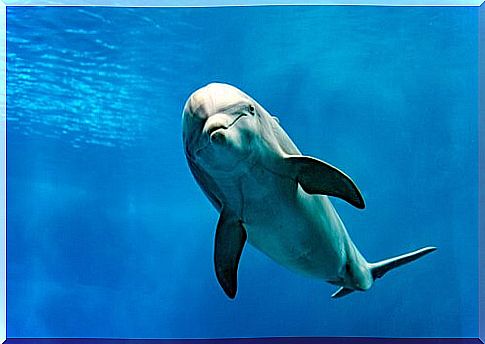
Cetaceans must be in continuous activity to be able to surface and breathe. Hence, they have the ability to disconnect one hemisphere of the brain and keep the other one active. That’s how they rest.
Sheep, Goats and Cows
Sheep and cattle sleep an average of four hours a day, divided into short periods. The rest of the day, they are looking for food and digesting the food, which takes almost eight hours. As well as horses and donkeys, which when grouped together, sleep in rotation.
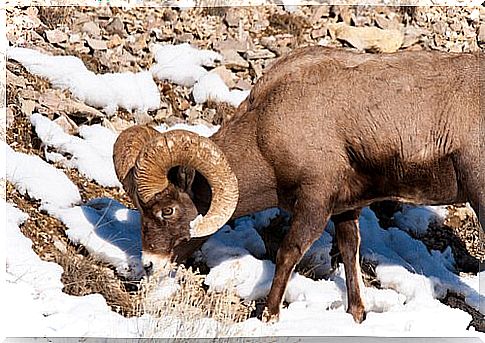
ant
This insect takes one-minute naps many times a day, for a total of 4 to 5 hours. The queen ant rests twice as much, up to 9 hours a day.
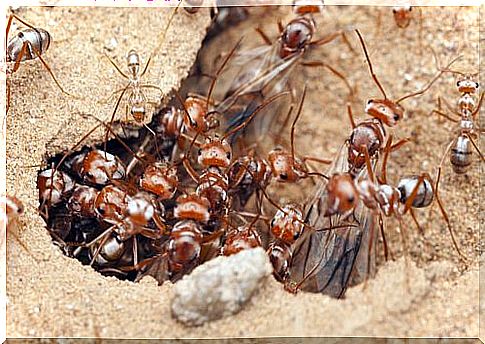
The animal that sleeps least is the one that must be in continuous movement to stay alive. Whether to escape a threat, to breathe or eat, the animals mentioned are the ones that invest less time in sleeping. That doesn’t mean they don’t rest, it means they do it in a very different way.

